Ozempic Paradox|| Discover why Ozempic and similar weight loss drugs may accelerate aging, including symptoms, causes, and science-backed solutions to counteract these effects.
Overview
The rise of GLP-1 agonist drugs like Ozempic (semaglutide) and Wegovy has revolutionized weight loss and diabetes management. However, an alarming side effect has emerged—rapid facial aging, colloquially termed “Ozempic face.” Patients report sunken cheeks, hollow eyes, sagging skin, and deep wrinkles within months of starting treatment, even when losing weight gradually.
This paradox—where a drug improves metabolic health but accelerates visible aging—has left many patients and doctors searching for answers. Emerging research suggests that extreme fat loss, collagen depletion, and dehydration play key roles. This guide explores:
- Why Ozempic causes facial aging
- How to prevent and reverse these effects
- Medical and natural treatments to restore a youthful appearance
Symptoms of the Ozempic Paradox
1. “Ozempic Face” (Facial Volume Loss)
- Sunken cheeks due to fat loss in the midface
- Hollow under-eye areas, worsening dark circles
- Jowls and sagging jawline from reduced skin elasticity
2. Wrinkles and Skin Laxity
- New fine lines around the mouth and forehead
- Crepey skin on the neck and décolletage
- Loss of facial “plumpness”, making wrinkles more pronounced
3. Dry, Dull Complexion
- Dehydration (Ozempic can suppress thirst)
- Reduced collagen production, leading to thinner skin
4. Hair Thinning and Brittle Nails
- Telogen effluvium (stress-induced hair shedding)
- Weak nails due to rapid weight loss and nutrient deficiencies
When to See a Doctor
Seek medical advice if you experience:
✔ Severe facial hollowing within 3-6 months of starting Ozempic
✔ Skin sagging that affects self-esteem or function
✔ Hair loss beyond normal shedding (clumps in the shower)
✔ Signs of malnutrition (fatigue, brittle nails, dizziness)
Specialists to consult:
- Dermatologist (for skin and hair concerns)
- Endocrinologist (for metabolic adjustments)
- Plastic surgeon (for severe volume loss)
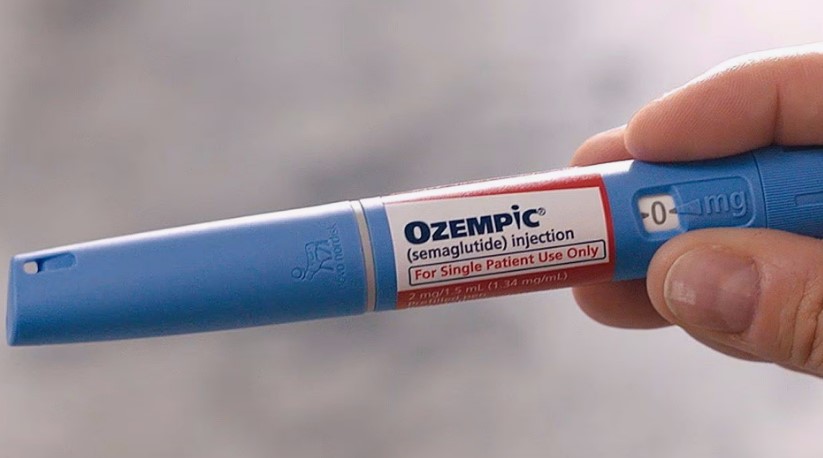
Causes of the Ozempic Paradox
Biological Causes
1. Rapid Fat Loss and Facial Volume Depletion
- Ozempic targets visceral fat first, but subcutaneous fat (including facial fat) also diminishes.
- The face loses structural support, leading to sagging.
2. Collagen and Elastin Breakdown
- GLP-1 agonists may lower IGF-1, a hormone critical for collagen synthesis.
- Less insulin = slower skin repair, accelerating wrinkles.
3. Reduced Hydration and Skin Barrier Function
- Ozempic suppresses thirst, leading to chronic dehydration.
- Dry skin exacerbates fine lines and dullness.
Lifestyle Triggers
1. Inadequate Protein Intake
- Rapid weight loss increases protein needs to preserve muscle and skin integrity.
- Many Ozempic users eat less protein due to appetite suppression.
2. Lack of Facial Muscle Stimulation
- Facial muscles atrophy without resistance (like chewing less due to reduced hunger).
- This worsens jowling and sagging.
3. Nutrient Deficiencies (Zinc, Biotin, Vitamin C)
- Zinc deficiency slows wound healing and collagen production.
- Biotin (B7) deficiency causes hair thinning.
Risk Factors for Severe Aging on Ozempic
✅ Age 40+ (natural collagen decline)
✅ Losing >20% of body weight in a short time
✅ Pre-existing skin elasticity issues (e.g., smokers, sun damage)
✅ Low protein or hydration habits before starting Ozempic
Complications of Untreated Ozempic Face
⚠ Premature aging resistant to skincare (topicals can’t replace lost fat)
⚠ Psychological distress (body dysmorphia, depression)
⚠ Difficulty maintaining weight loss (sagging skin demotivates patients)
Diagnosis: How Doctors Assess Ozempic-Related Aging
- Facial Volume Analysis
- 3D imaging to track fat loss
- Before/after photos for comparison
- Skin Elasticity Tests
- Pinch test (slow rebound indicates collagen loss)
- Cutometer readings (measures firmness)
- Nutritional Blood Work
- Protein levels (albumin, prealbumin)
- Vitamin/mineral deficiencies (iron, zinc, vitamin D)
Treatment Options
Medical Interventions
1. Dermal Fillers (Hyaluronic Acid, Sculptra)
- Restores lost volume in cheeks, temples, and under-eyes
- Lasts 12-24 months
2. RF Microneedling or Laser Resurfacing
- Stimulates collagen via controlled injury
- Improves skin tightness
3. PRP (Platelet-Rich Plasma) Therapy
- Uses your blood’s growth factors to rejuvenate skin
- Helps with hair regrowth
Lifestyle Solutions
1. Collagen Supplementation (20g/day + Vitamin C)
- Types I & III collagen improve skin elasticity
- Marine collagen has higher bioavailability
2. Facial Exercises and Massage
- “Facial yoga” strengthens muscles
- Gua sha improves lymphatic drainage
3. Hydration and Electrolytes
- Aim for 3L water/day (set reminders)
- Add electrolytes to prevent dehydration
4. High-Protein Diet (1.6g/kg body weight)
- Prioritize: Eggs, salmon, bone broth, whey protein
- Avoid: Processed foods, excess sugar
Prevention: How to Minimize Aging on Ozempic
🔹 Lose weight slowly (1-2 lbs/week)
🔹 Use sunscreen daily (SPF 50+)
🔹 Start collagen peptides before significant weight loss
🔹 Stay consistent with facial massage
Long-Term Outlook
With proper care, Ozempic-related aging can be managed. Combining medical aesthetics, nutrition, and skincare helps patients achieve weight loss without sacrificing youthfulness. Read More>>>
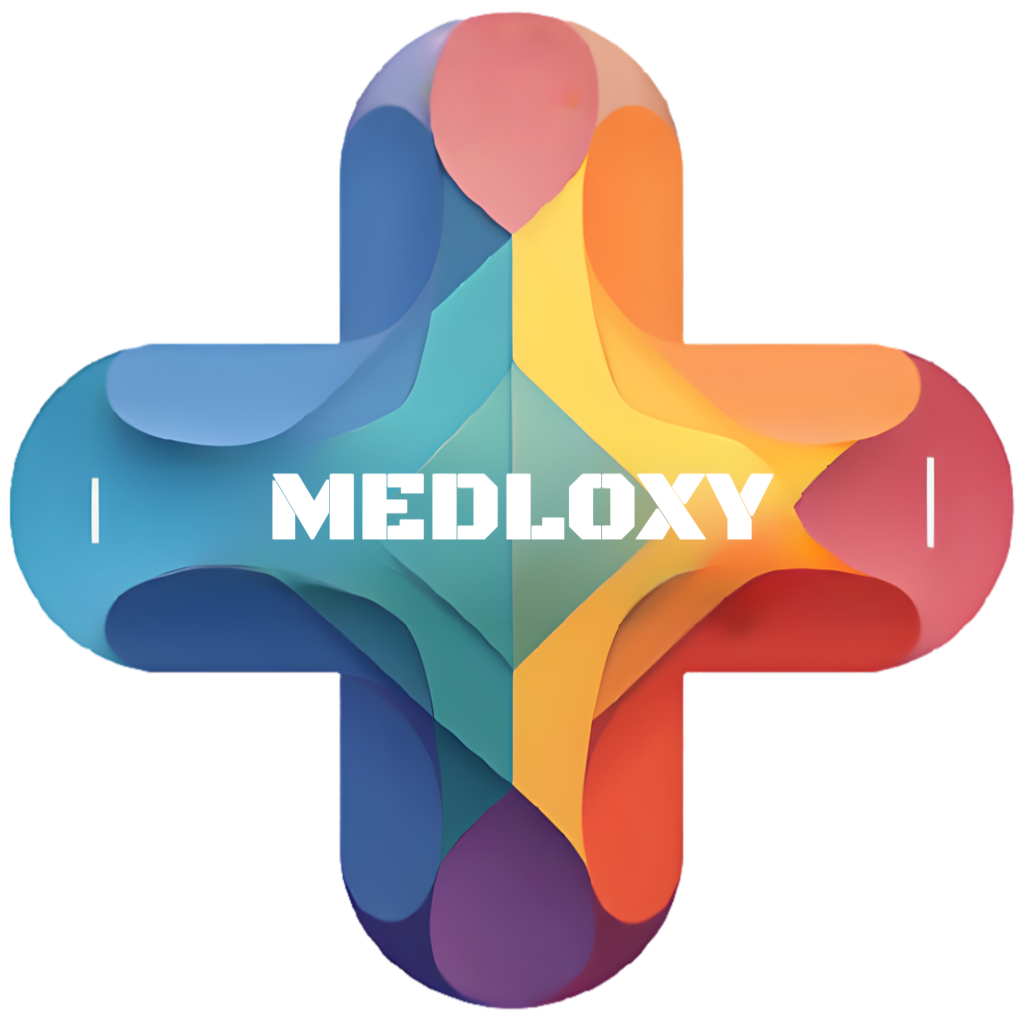
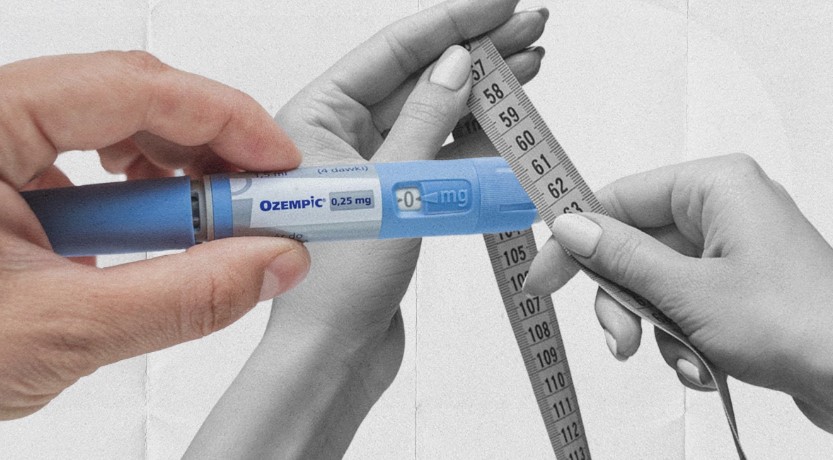
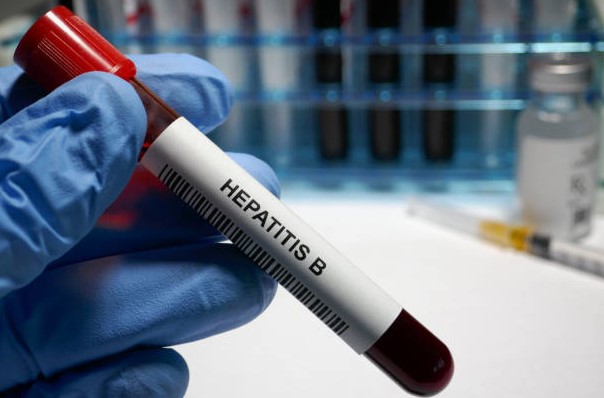
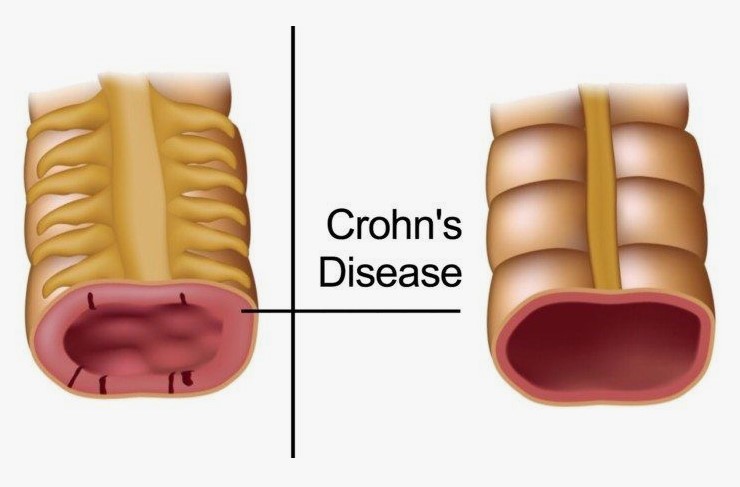
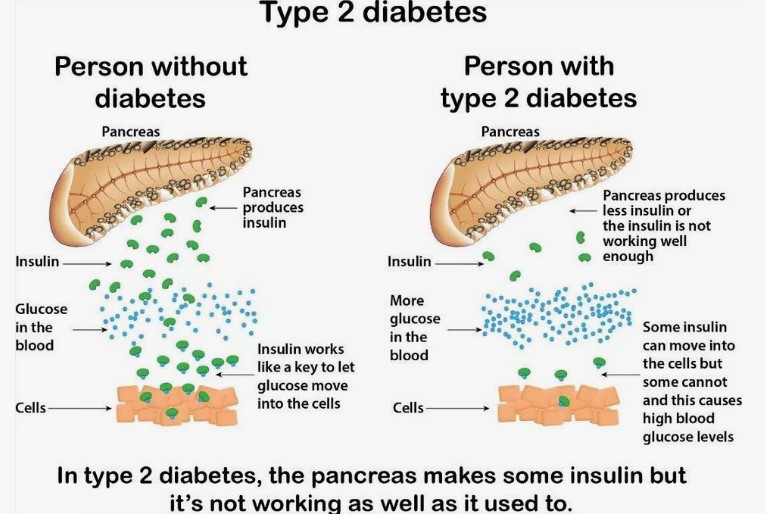

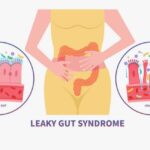
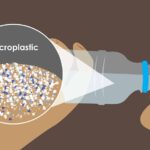
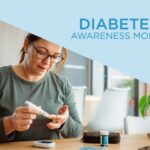
[…] Ozempic Paradox: Why Weight Loss Drugs Are Causing Rapid Aging […]